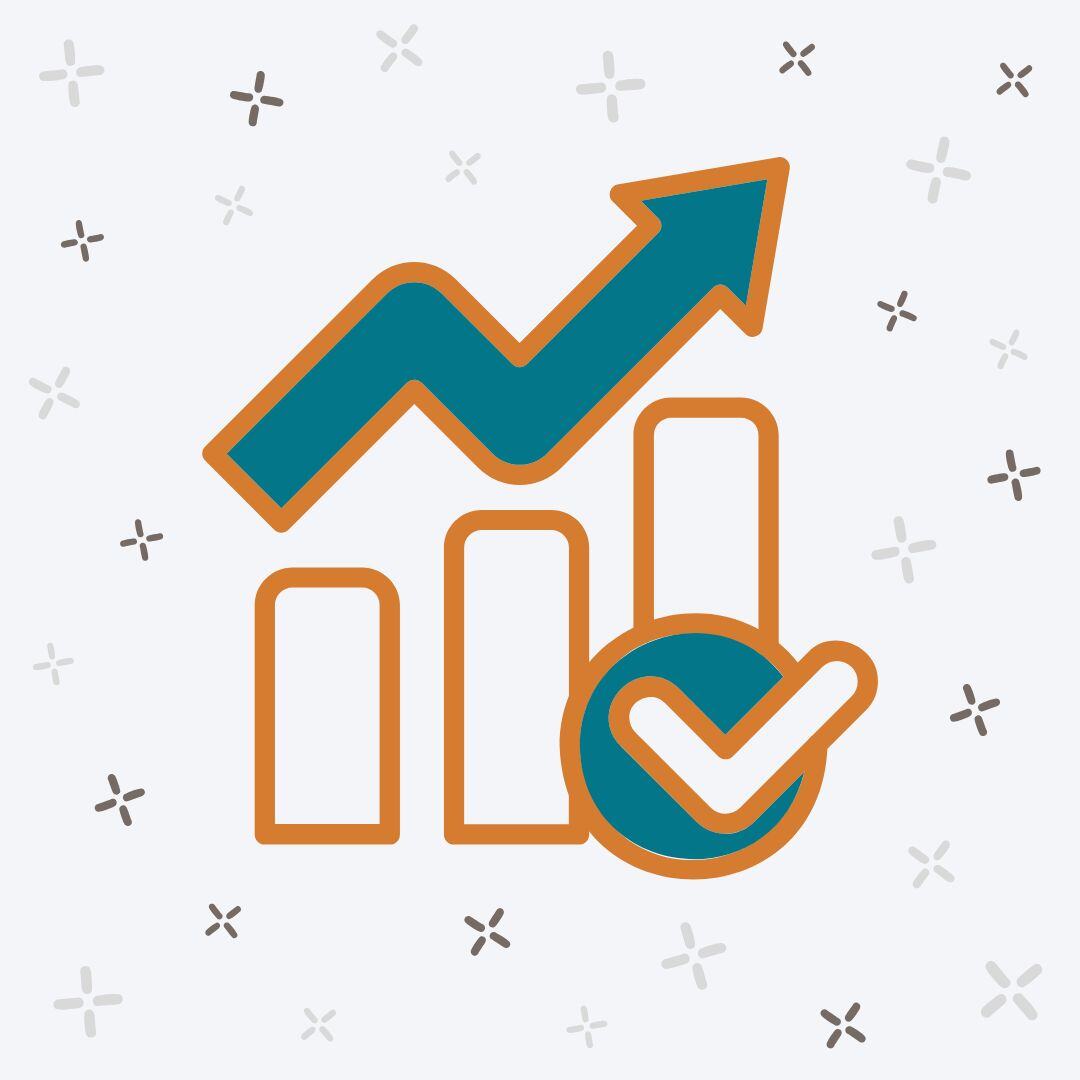- November 20, 2024
“How much cash should I have in savings?”
This question surfaces quite frequently when we meet with our clients. Some of them ask this question with $100 in their bank savings account while others ask this with $100,000 in their savings. Ultimately, the level of cash in savings is a personal preference and everyone has different needs and degrees of comfort when it comes to how much cash to have on hand. But there is a process to help arrive at that right amount. Let’s see how it works.
Step 1: If You Can Sleep at Night, You’ll Be Alright
The first step we take is to determine a baseline comfort level to keep in cash at all times. As a rule of thumb, we recommend that clients keep 3-6 months’ worth of expenses in savings. This helps to mitigate any unforeseen expenses that might come up, such as a loss of a job, a furnace going out, or an unexpected car repair.
Have a steady job that you plan to stay in? Then closer to 3 months’ worth might be just fine for your comfort. Are you a contractor with irregular pay and hours, or you plan to change jobs soon? Then maybe keeping 6 months’ worth of expenses is not such a bad idea. If you think 6 months’ worth is not enough for your peace of mind, then increase it! This is ultimately an exercise in determining what you need in your bank account to be able to sleep at night.
That said, we do feel there is such a thing as too little in savings. If this was the case, we might (strongly) encourage you to beef that up until you have at least 3 months’ worth of expenses. We can’t neglect your advisor’s peace of mind with your cash level too!
Once you determine the level of cash you need to sleep at night, keep this in your savings account(s), at a minimum, at all times (unless, of course, an unexpected expense comes up – which is what it’s there for!).
Step 2: Keep Some Bills for Your Thrills
Now that we’ve determined the minimum level to keep in cash to feel comfortable, we can call it a day, right? Well as usual, there’s more to the story. What about those shorter-term goals you have – like a down payment for a house in two years, taking that big anniversary trip to Norway this year, or remodeling your home office?
In addition to the baseline level of savings in your bank account, we encourage clients to keep any shorter-term expenses (say in the next 1-3 years), that aren’t covered from your cash flow, in cash as well.
Let’s take a look at an example to see how this works:
You determined that $20,000 is enough to keep in cash as a minimum to feel comfortable. You know that you are planning a trip to Norway for $10,000 and a home remodel for $25,000. Given this information, we’d go through the steps as follows.
Step 1: $20,000 (comfort level)
Step 2: $35,000 (trip to Norway and home remodel)
Result: Add steps one and two and you get $55,000, the minimum we’d recommend keeping in your savings account.
Now, you might be thinking, why not invest the money for some of these one-time expenses and withdraw the cash when you need it? Wouldn’t that give you a higher rate of return than your bank account? Indeed, it might. But that’s just the thing – it MIGHT.
From research and history, we know that over the long-term, the stock market is the place to be to earn growth for your portfolio. However, that doesn’t mean the ride is a smooth and steady incline the whole way. In the shorter-term, there have always been bumps and dips along the way, some much larger than others. We know these temporary declines are inevitable, we just don’t know when they’ll happen!
The last thing we would want you to do is invest that money for your highly anticipated anniversary trip only to have the market drop at the time you need to withdraw the funds. We recommend keeping these dollars safe for shorter-term, known expenses. But is there a better place to keep cash than at the bank? Indeed, there is.
Side Note: Where Should I Keep My Cash?
It’s a hard pill to swallow seeing that whopping 0.02% annual interest on your savings account. But where else can you keep it? Credit unions can offer a higher interest rate, but even those aren’t great. A bank CD can be an option that offers a higher interest rate, but then you’re locked into and can’t access the money without penalty for whatever term they provide. The answer? An online savings account. Online savings accounts currently offer around a 2.1% annual interest rate and provide FDIC insurance up to $250,000 just like a traditional bank.
So what’s the catch? Well, as the name suggests, they are all online, meaning that you can’t go to a physical location to withdraw or deposit money (who likes going to the bank, anyway?).
How it works is you can link your traditional bank checking account to the online savings account and send money back and forth between the accounts (with a 1-2 day lag for the transaction to be completed).
For example, say you keep the $55,000 in your new online savings account that earns 2.1% for one year. Once that Norway vacation comes up, you can transfer $10,000 to your checking account and pay for the trip. In the meantime, this online savings has provided you with $1,155 of interest until you withdrew any funds. Compare that to the $11 dollars you would have earned keeping it at the bank! That interest might cover your first class upgrade!
Keep in mind is that online savings accounts only allow you six transactions out of the account per month, free of charge. So, this account should be used to keep savings, and not function like a working checking account. Keep your regular checking account for that! Below is a list of banks online that provide savings accounts we typically recommend for their ease of use, competitive rates, and no minimum account balances.
Bank
Rate*
1.90%
1.90%
2.10%
2.00%
2.15%
2.15%
*Rates as of August, 21st 2019
Now, back to determining how much to keep in cash.
Step 3: Extra Dough, You’ll Want to Grow
Now that you’ve gotten through steps one and two, you might realize you still have money left over in your bank account. What do you do with it? If your baseline comfort level is met, as well as any known goals for the next 1-3 years, then we’d say invest it for the long run! Any extra savings put towards retirement will only increase the success of achieving your goals.
As with anything in life, how much cash to have on hand can be very subjective. If you have a question about how much is enough for your situation, let us know. We are happy to discuss this with you!





